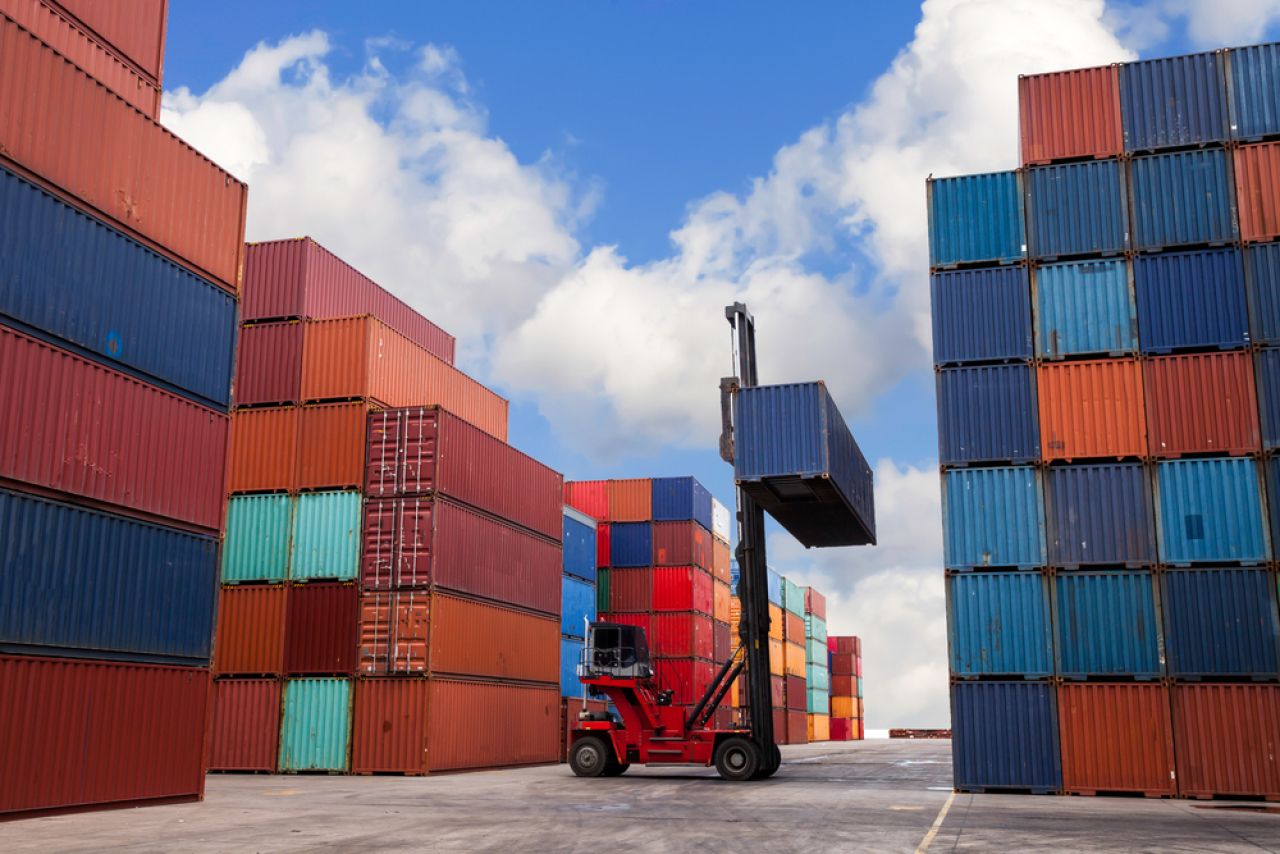What is a flat rack container?
A flat rack container, also known as a flatbed container, is a specialized type of carrier used for unconventional cargo. It differs from a standard shipping container in its construction. When you hear "shipping container," you probably envision a large steel box used to transport various goods. However, a flat rack container has only two side walls, which can even be folded down to create a completely flat surface. This feature allows almost any type of machinery to be easily loaded onto it without any problems.
Flat rack containers come in various dimensions, but the most common sizes are 20 and 40 feet. Such a shipping container is suitable for transporting oversized machinery, buses, boats, and other large equipment that cannot fit into a standard, universal dry container due to its size. Another advantage is their compactness. Once you've unloaded the cargo and folded down the side walls, you can stack up to five of them on top of each other without exceeding the height of a standard container. Therefore, shipping empty flat rack containers is very easy - more https://www.extratimeout.com/auto
What is an open top container?
An open-top shipping container looks exactly like a standard shipping container, with the only difference being that it features a removable tarpaulin in place of a solid steel roof. It is primarily suitable for types of cargo that need to be loaded from the top. Typically, it is used for items like grains, which are poured in from above, as well as heavy minerals, stones, and similar materials. Essentially, it is ideal for anything that is exceptionally heavy and requires loading and unloading from the top using a crane.
The dimensions of an open-top container are the same as those of a flat rack container. The advantage, of course, is the open roof, which allows you to transport tall cargo that will protrude from the container.
Which of these containers should you choose for your cargo?
The choice of containers depends on the type of cargo you need to transport. For the most efficient transportation, it's advisable to use software that helps you plan and distribute the loading precisely. This software can also assist you in adhering to weight limits and sharing the status of the transported goods with your colleagues.
A flat rack container is particularly well-suited for transporting machinery or any oversized and irregularly shaped cargo that doesn't fit into standard enclosed containers. Since it has only side walls, this type of carrier can be folded together, creating a large surface area for accommodating ships, machinery, or anything else. The disadvantage may be its size, which can make transportation somewhat more challenging due to its bulkiness.
An open-top container is typically suitable for bulk and heavy cargo that needs to be stored within four walls. You don't have to worry about the tarpaulin adequately securing your goods. In fact, open-top containers can be easily stacked, provided, of course, that the cargo allows for it. In both cases, it's essential to consider all factors, such as the size of the cargo, its weight, shape, durability, and so on.
Source: https://www.extratimeout.com










